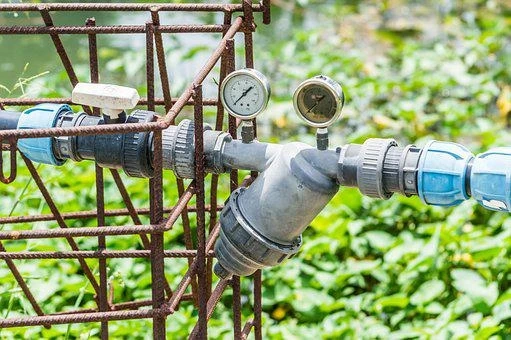Through a quick drying method known as spray drying, liquid slurry can be converted into dry powders. To speed up the drying process even more, hot gas is frequently sprayed into the liquid, making the process extremely time-effective. Many businesses employ spray drying to create powders from a variety of beginning materials, such as biological matter, meals, and glass powders.
Technologies for spray system drying can be used to create powders without any dust, but they can also be incorporated into the production of particles. The creation of granular powders using spray drying techniques may improve the final material's physical qualities for high-performance materials like ceramics.
There are various processes in the spray drying process. To create a liquid droplet containing the target chemical species, the sample must first be atomized. The excess solvent is then quickly evaporated, typically using heated air, to eliminate it and create a particle. This particle may be a composite one if there are several chemical species present. Numerous atomizer designs, including air-shear nozzles, spinning discs, and ultrasonic nebulizers, are available and can be customized for the desired process.
The Uses of Spray System Drying
Spray system drying has a variety of uses, including the fabrication of ceramics for dental work, dried milk powder processing, and the production of pharmaceuticals. Spray drying is a preferred technique for making glass powder because of its capacity for quick drying as well as for its capacity to generate highly spherical particles with restricted size distributions.
Alternative procedures for producing glass powder, such the family of glass milling processes that includes ball milling or hammer milling, may not have the same level of accuracy in control, especially when producing particles with sizes on the order of microns.
Spray drying enables a high degree of control over the physical characteristics of the particles, which is very desirable for biological applications. Products must be trustworthy at both the microscopic and macroscopic levels, and manufacturing procedures must pass rigors quality and repeatability checks.
0


